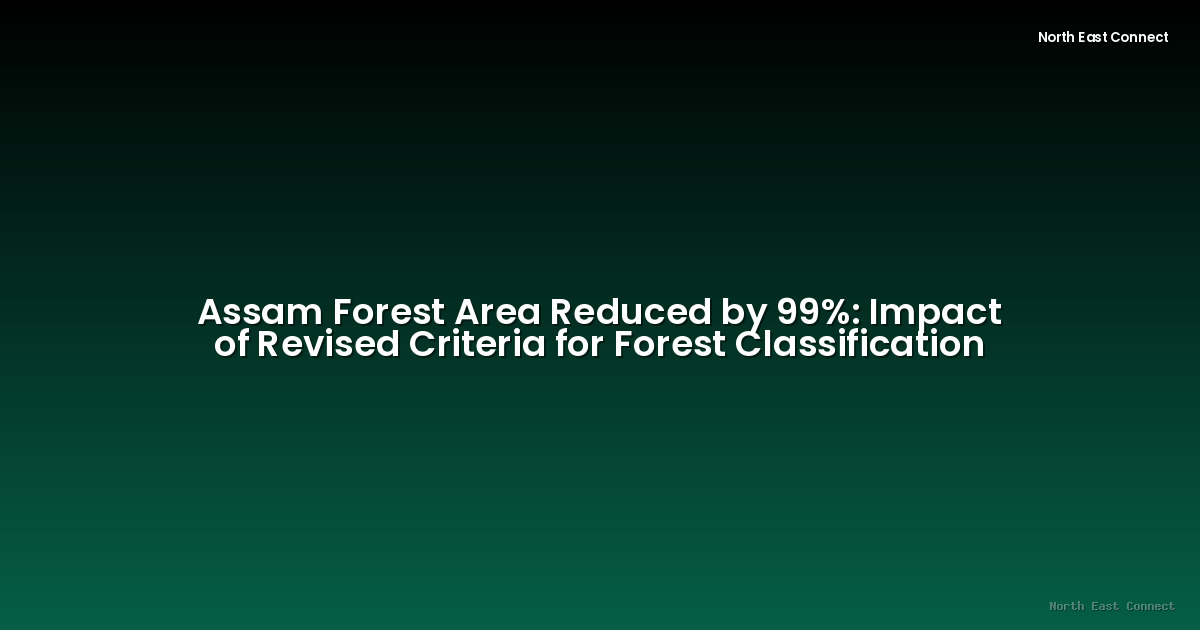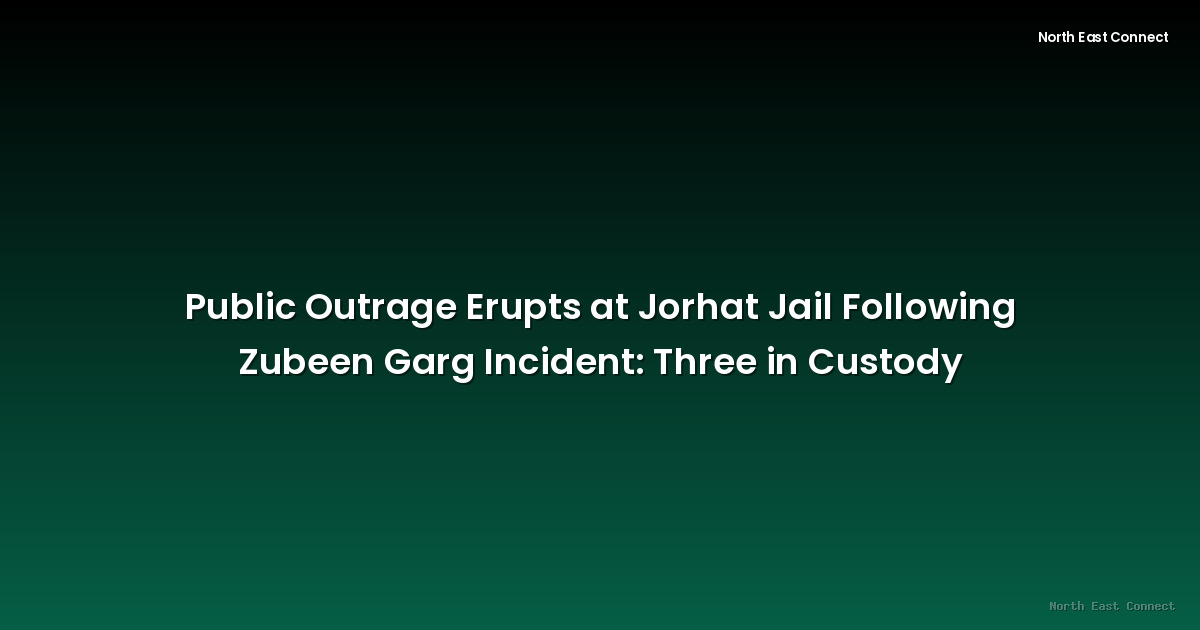2025-08-22 · News
Assam, a state known for its rich biodiversity and extensive forests, has experienced a dramatic reduction in its officially recognized forest cover. A recent amendment to the criteria used for classifying land as forest has resulted in a staggering 99% decrease in the state's recorded forested area. This significant change has raised serious concerns among environmentalists and conservationists, sparking debate about the accuracy of forest area assessment and the implications for the region's ecological health.
The original methodology for classifying forested land in Assam involved a relatively straightforward assessment, focusing on canopy density and tree cover. However, the newly revised criteria incorporate additional factors, including the types of trees present and the overall density of vegetation. This broadened definition effectively excludes many areas previously categorized as forest, leading to the drastic reduction in the reported figures. The change stems from an effort to align Assam's forest classification with national guidelines.
While the government maintains that this change reflects a more precise and accurate assessment of the actual forest cover, critics argue that the new criteria are overly stringent and lead to a misrepresentation of the true extent of forested areas. They contend that many areas excluded under the new definition still possess significant ecological value, supporting diverse flora and fauna. The reduction in officially recognized forest area might have significant implications for forest conservation efforts and funding allocation.
The impact extends beyond simple numerical changes. The reclassification could affect the state's eligibility for various central government schemes and initiatives aimed at promoting forest conservation and sustainable development. The reduced forest cover figures could potentially lead to decreased funding for conservation projects, hindering efforts to protect biodiversity and manage natural resources effectively.
Furthermore, there are concerns that the revised criteria could inadvertently encourage deforestation or land-use changes in areas previously classified as forests. This is particularly concerning given the already significant pressures on Assam's natural resources due to factors such as population growth, urbanization, and agricultural expansion.
The long-term consequences of this reclassification remain to be seen. Further research and independent assessments are crucial to understand the full impact on Assam's environment and its implications for conservation strategies. A transparent and comprehensive evaluation of the revised criteria, along with public engagement and discussions, are essential to ensure accurate reporting and effective forest management in the state. The debate underscores the complex interplay between data interpretation, policy implementation, and the actual state of Assam's forests. A clear understanding of this relationship is critical for ensuring the long-term ecological well-being of the region. Transparency in data collection and a consistent approach to forest classification are essential steps towards effective conservation. This situation highlights the need for a robust and widely accepted methodology for accurately measuring and reporting forest cover, ensuring both scientific rigor and meaningful policy implications.







